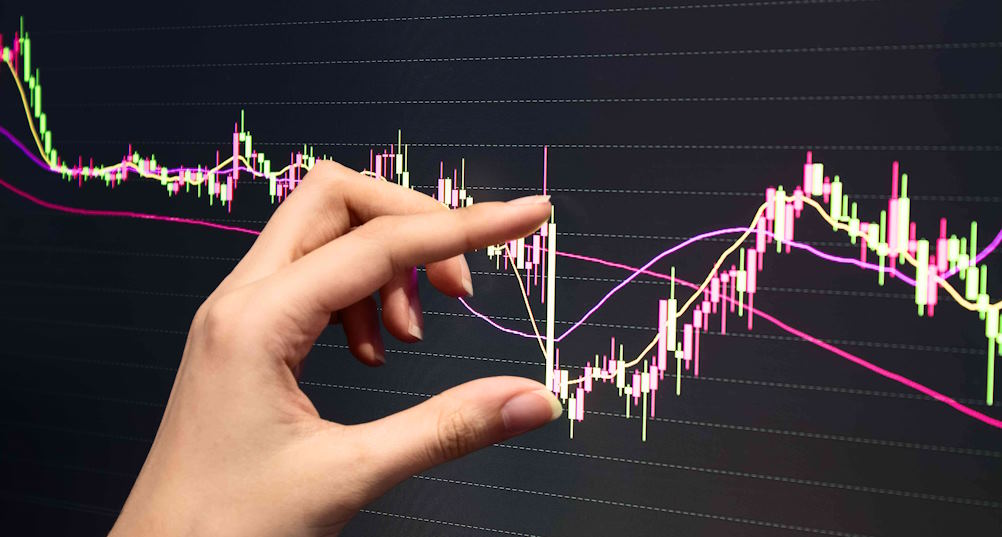Behavioral economics, a discipline born out of the recognition that individuals are not always rational decision-makers, has unveiled a treasure trove of insights into the financial choices people make. The sway of cognitive biases, the gravitational pull of social influence, and the asymmetric perception of gains and losses all collide within the digital asset market, painting a landscape of unprecedented complexity.
Behavioral Biases: Unmasking Influences on Digital Asset Prices
- Exploring Key Biases: Anchoring, herding, and loss aversion stand as pillars in the realm of behavioral economics. Anchoring bias tethers investors to initial information, be it a past price or market sentiment, clouding their ability to accurately evaluate evolving market conditions. Herding bias propels individuals to mimic others’ actions, amplifying market trends irrespective of rational analysis. Loss aversion accentuates the pain of losses over the pleasure of gains, often leading to hasty decisions to avoid perceived losses.
- Impact on Digital Assets: These biases cast profound shadows over the digital asset market. Anchoring can tether investor expectations to historical prices, impeding accurate valuation. Herding can magnify price volatility as entire communities follow trends, irrespective of underlying fundamentals. Loss aversion may lead to panic selling during market downturns, exacerbating price plunges.
- Real-world Instances: The 2017 Bitcoin rally showcased anchoring, with many predicting prices based on its prior surge. Herding behavior was evident in the GameStop frenzy of 2021 when a Reddit-fueled mob followed the lead, irrespective of valuation. Loss aversion was evident during the 2020 crash when massive sell-offs were triggered by fear of further losses.
Prospect Theory Unveiled: Decoding Risk Perception in Digital Asset Investments
- Probing Prospect Theory: Prospect theory, a cornerstone of behavioral economics, reshapes how we view risk and gain. Anchored in the concepts of loss aversion and framing, it asserts that individuals are more averse to losses than drawn to equivalent gains. Framing – the context in which a choice is presented – can sway decisions, emphasizing either potential losses or gains.
- Digital Asset Lens: Prospect theory’s influence on the digital asset landscape is unmistakable. Loss aversion can lead investors to cling to underperforming assets in the hope of averting losses, even when logic suggests otherwise. Framing plays a role as well, with media narratives shaping perceptions of market prospects.
- Implications for the Market: Prospect theory’s insights illuminate the volatility of digital asset prices. The fear of loss can catalyze rapid sell-offs during downturns, causing abrupt price drops. Conversely, the allure of potential gains can spark market frenzies during upward trends. Acknowledging these behavioral patterns enhances our grasp of price fluctuations and market trends.
Navigating Clearer Waters: Taming Behavioral Biases in Digital Asset Investing
- Strategies for Self-Mastery: Individual investors can wield powerful tools to navigate the treacherous waters of behavioral biases. Regular self-assessment, acknowledging personal biases, and seeking diverse perspectives can unravel the knots of irrational decision-making. Setting clear investment goals and maintaining a long-term perspective can counteract impulsive behaviors.
- The Light of Education: In the realm of digital asset investing, education acts as armor against biases. A foundational understanding of behavioral economics equips investors to recognize and address their own biases. Cultivating awareness of market dynamics and the psychological underpinnings of trends fosters more informed decisions.
- Tech as a Calming Force: Technology, particularly AI and trading bots, emerges as a steady hand against emotional trading. Algorithms driven by data and logic can execute trades devoid of the emotional turbulence that biases bring. Such tools adhere to strategies even when market sentiment takes a nosedive.






